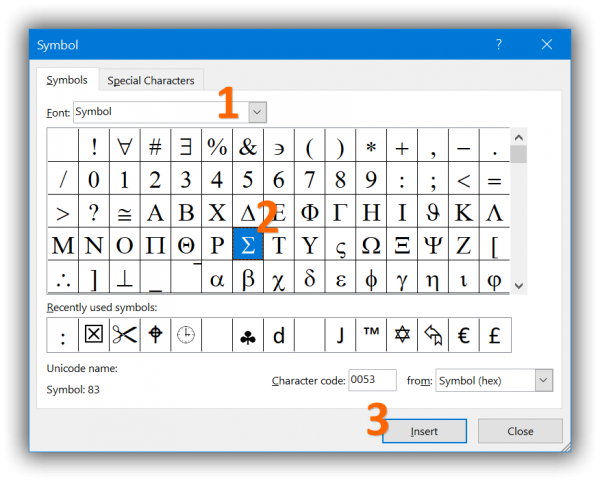
Is a keyword that converts all characters to uppercase. The capitalize line in the browser compatibility table contains the version the different engines started to support this now precisely-defined behavior. Internet Explorer 9 was the closest to the CSS 2 definition, but with some weird cases.) By precisely defining the correct behavior, CSS Text Level 3 cleans this mess up. Both Webkit and Gecko incorrectly considered letter-based symbols like ⓐ to be real letters. This resulted in differences between browsers in the way the first letter was calculated (Firefox considered - and _ as letters, but other browsers did not. Note: The capitalize keyword was under-specified in CSS 1 and CSS 2.1. The language is defined by the lang HTML attribute or the xml:lang XML attribute. In some cases, a hyphen is also removed upon uppercasing: an t-uisce transforms to AN tUISCE (and the hyphen is correctly reinserted by text-transform: lowercase).
in Irish ( ga), certain prefixed letters remain in lowercase when the base initial is capitalized, so for example text-transform: uppercase will change ar aon tslí to AR AON tSLÍ and not, as one might expect, AR AON TSLÍ (Firefox only). When applying text-transform: lowercase to an uppercase sigma ( Σ), the browser needs to choose the right lowercase form based on context. ς is used only when sigma terminates a word. In Greek ( el), the lowercase sigma character has two forms: σ and ς. Also, diphthongs with an accent on the first vowel lose the accent and gain a diaeresis on the second vowel ( άι/ ΑΪ). In Greek ( el), vowels lose their accent when the whole word is in uppercase ( ά/ Α), except for the disjunctive eta ( ή/ Ή). In Dutch ( nl), the ij digraph becomes IJ, even with text-transform: capitalize, which only puts the first letter of a word in uppercase.  In German ( de), the ß becomes SS in uppercase. In Turkic languages, like Turkish ( tr), Azerbaijani ( az), Crimean Tatar ( crh), Volga Tatar ( tt), and Bashkir ( ba), there are two kinds of i, with and without the dot, and two case pairings: i/ İ and ı/ I. The text-transform property takes into account language-specific case mapping rules such as the following: It also can help improve legibility for ruby.
In German ( de), the ß becomes SS in uppercase. In Turkic languages, like Turkish ( tr), Azerbaijani ( az), Crimean Tatar ( crh), Volga Tatar ( tt), and Bashkir ( ba), there are two kinds of i, with and without the dot, and two case pairings: i/ İ and ı/ I. The text-transform property takes into account language-specific case mapping rules such as the following: It also can help improve legibility for ruby. 
It can be used to make text appear in all-uppercase or all-lowercase, or with each word capitalized.
#HOW TO GET SIGMA SYMBOL IN WORD DOCUMENT HOW TO#
The text-transform CSS property specifies how to capitalize an element's text.






 0 kommentar(er)
0 kommentar(er)
